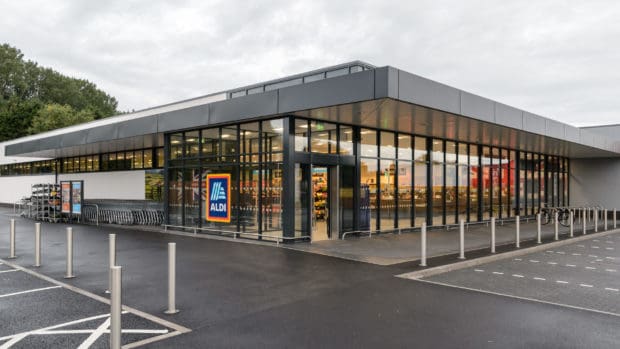Over half (51 per cent) of UK retail CIOs and CTOs are investing in up-to-date pricing and quicker payment options in-store in a bid to improve their physical infrastructures to match the online epos, according to new research conducted by world-leading consultancy and technology specialists, REPL Group.
The survey of retailers at c-suite level, conducted by CensusWide on behalf of the retail IT consultancy and technology firm, revealed that retailers are also prioritising a frictionless high street shopping experience by providing real-time stock availability (49 per cent) and offering delivery from store (46 per cent) as they look to maximise the benefits offered by bricks-and-mortar stores.
Mike Callender, executive chairman, REPL Group, commented: “It’s no secret that retailers are struggling with a number of challenges, however, the ones that are performing more successfully are those that are matching the differentiator of having a physical infrastructure with the capabilities of a digital environment. This is allowing them to maximise the benefit of having a physical store and provide the immediacy customers are demanding. However, this innovative approach to technology is currently only trialled by a handful of retailers, often in their flagship stores, and is yet to be widely adopted.”
Many retailers are struggling to keep up with the change in how people shop, but REPL’s research found that 40 per cent of CIOs and CTOs think retailers should be investing in artificial intelligence, followed by IoT networks (26 per cent) and robotic process automation (17 per cent). These technologies will allow retailers to use data to guarantee they have the right stock available at the right time. In the face of falling footfall, ensuring adequate stock will not only ensure consumers are able to buy the items they require, but could also inspire impulse purchases once in store.
“Things like TV and social media are influencing the way people purchase goods, with the general public now buying items based on observations. But, as a retailer, how do you understand what these trends might be and how do you map them into your plans?” said Callender. “Streamlining the supply chain through technology will enable retailers to keep up with changing trends, ensuring that they don’t overstock certain items and therefore are unable to cater to the latest consumer demands. So, it’s vital that they begin to respond to this development and explore how they can digitally enable their physical infrastructure to maximise its benefits.”
The research also found that consumer purchasing trends having the most influence on retailers’ technology purchasing decisions are mobile apps (59 per cent). Conversely, few retailers are prioritising investment in the smaller touches, with only 14 per cent investing in digital signage and point of sale. However, rather than investing in one technological solution, retailers could see greater impact from using these in combination. For instance, while digital signage on its own may not offer direct results, using this in conjunction with moveable pay stations or in-store mobile apps would support effective sales and allow retailers to provide the immediacy that consumers desire. Customers could see something on offer there and then and pay for it in an instant – much like online purchases.
“With so much competition within the retail landscape, businesses mustn’t overlook the smaller details that can make a huge difference to the customer experience. For instance, traditionally at this time of year consumers put off making purchases until Black Friday, so sales in the month running up to it can be severely impacted. However, that needn’t be the case, as if retailers provide a good in-store experience and the right products at the right price, the convenience of that combination is likely to result in individuals making a purchase immediately, rather than waiting for products to be discounted,” added Callender.








Share